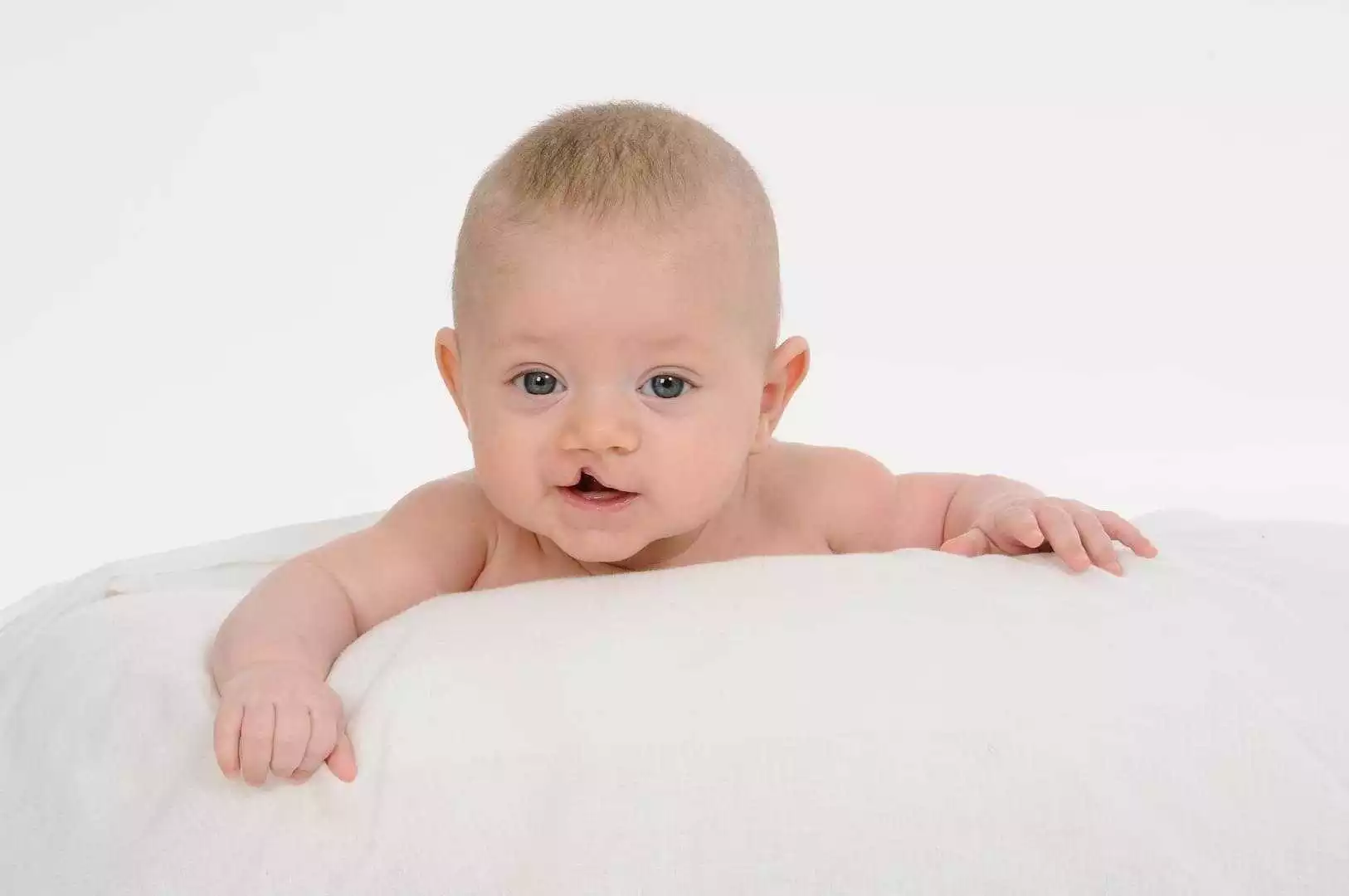
Surgical repair of cleft lip and palate corrects abnormal growth, restores lip and mouth function, and creates a more natural appearance.
Cleft lip and cleft palate are among the most common birth anomalies affecting children in North America and worldwide. The incomplete formation of the upper lip (cleft lip) or roof of the mouth (cleft palate) can occur individually, or both defects may occur together. The conditions can vary in severity and may involve one or both sides of the mouth. Surgery is required to repair cleft lip and/or cleft palate. If you are born with a cleft lip and palate, or you have a child with this condition, you surely want to find the best treatment option. Not all plastic surgeons are enough trained for cleft repair and not all countries offer affordable treatment services. At Ariana Medicare Tour Services, we help you get an effective cleft lip/palate repair by the best Iranian plastic surgeons at the most decent prices – and we do all the arrangements from start to finish
Cleft lip and cleft palate are among the most common birth anomalies affecting children in North America and even in Iran. As the hub of medical tourism in the Middle East, Iran has been cost-effective and effective in providing cleft palate and cleft palate surgery. To see if this country is a good option for your cleft lip and palate surgery, follow this clue because we want to provide you with good reasons and information in this regard. But first, let's learn more about self-healing.
The lip forms between the fourth and seventh weeks of pregnancy. As a baby develops during pregnancy, body tissue and special cells from each side of the head grow toward the center of the face and join together to make the face. This joining of tissue forms the facial features, like the lips and mouth. A cleft lip happens if the tissue that makes up the lip does not join completely before birth. This results in an opening in the upper lip. The opening in the lip can be a small slit or it can be a large opening that goes through the lip into the nose. A cleft lip can be on one or both sides of the lip or in the middle of the lip, which occurs very rarely. Children with a cleft lip also can have a cleft palate.
The roof of the mouth (palate) is formed between the sixth and ninth weeks of pregnancy. A cleft palate happens if the tissue that makes up the roof of the mouth does not join together completely during pregnancy. For some babies, both the front and back parts of the palate are open. For other babies, only part of the palate is open.
Children with a cleft lip with or without a cleft palate or a cleft palate alone often have problems with feeding and speaking clearly and can have ear infections. They also might have hearing problems and problems with their teeth.
Palate repair surgery is usually done when your baby is 6 to 12 months old. The gap in the roof of the mouth is closed and the muscles and the lining of the palate are rearranged. The wound is closed with dissolvable stitches. The operation usually takes about 2 hours and is done using a general anaesthetic. Most children are in hospital for 1 to 3 days, and again arrangements may be made for you to stay with them. The scar from palate repair will be inside the mouth.
repair a cleft in the gum using a piece of bone (a bone graft) – usually done at around 8 to 12 years of age improve the appearance and function of the lips and palate – this may be necessary if the original surgery did not heal well or there are ongoing speech problems improve the shape of the nose (rhinoplasty) improve the appearance of the jaw – some children born with a cleft lip or palate may have a small or "set-back" lower jaw
The cost of cleft surgery depends on the patient’s condition i.e. defect severity. Usually, for a cleft lip repair in Iran, you would be charged from around $2,000 to $4,000. Cleft palate surgery in Iran would cost around $3,000 to $4,000. This is while the same procedures cost from $6,000 to $20,000 and more in western countries.
Step 1 – Anesthesia
Medications are administered for your child's comfort during the
surgical procedures. The choices include intravenous sedation and
general anesthesia. Your doctor will recommend the best choice for your
child.
Step 2 - Incisions
Step 3 – Closing the incisions
Step 4 – See the results
After surgery, bandages may be placed on incisions outside your child's mouth. You will be given specific home care instructions that may include :
Dietary restrictions are common after palate repair with liquid or puree diets recommended for several days. Some surgeons also recommend avoiding bottles, pacifiers, straws or other utensils as well for several days. Commonly, arm restraints are used after surgery to help prevent your child from touching or injuring the surgical site as it heals. Some surgeons allow these restraints to be removed temporarily, so long as your child is supervised and prevented from touching the surgical site or sucking their fingers.Your child's discomfort can be controlled with pain medication. Depending on the surgical technique used, sutures may need to be removed from the lip following surgery. Healing will continue for several weeks as swelling resolves. Lip scars will mature and fade over many months. After surgery, diligent sun protection is essential to prevent the formation of irregular scars.